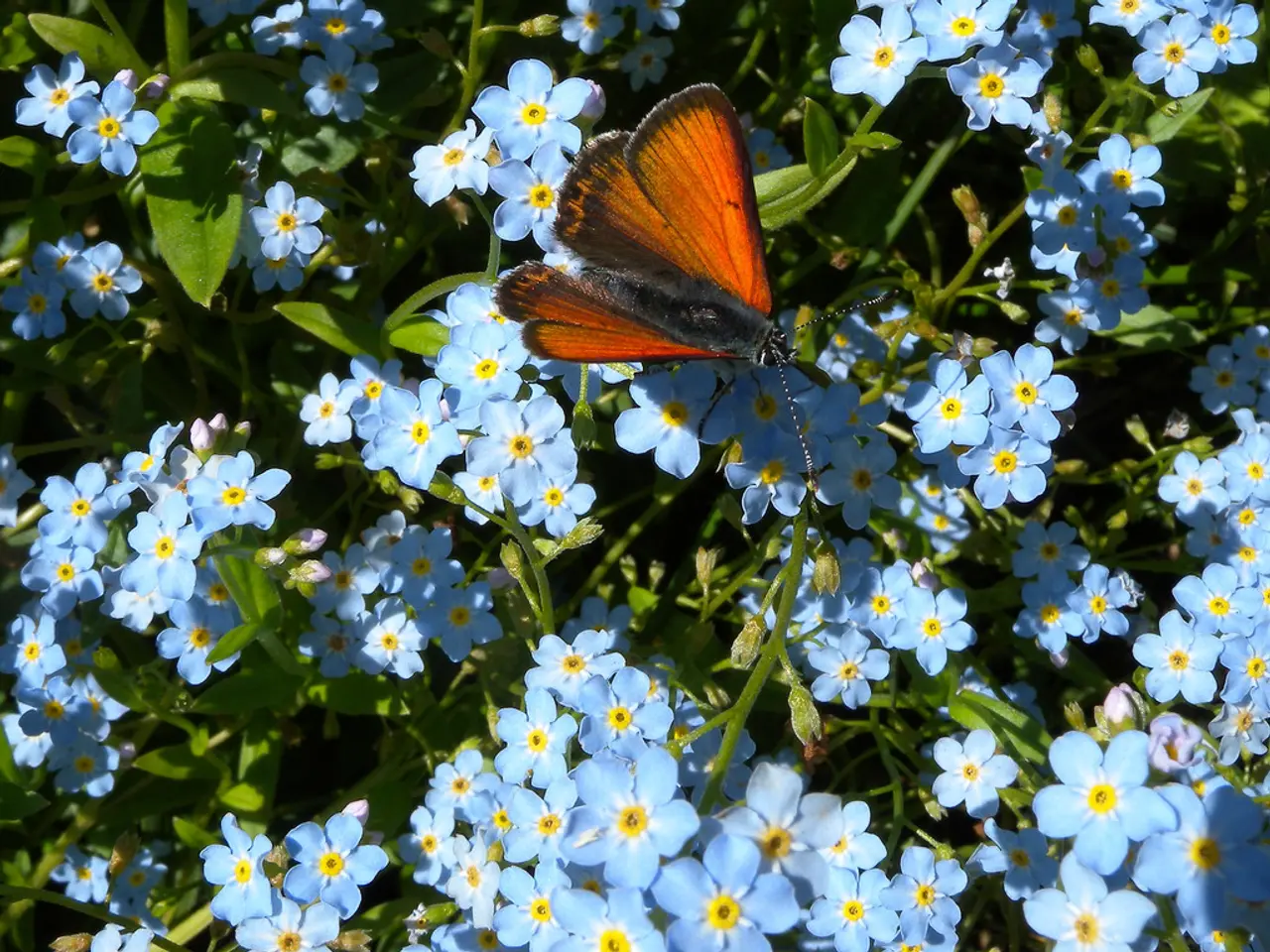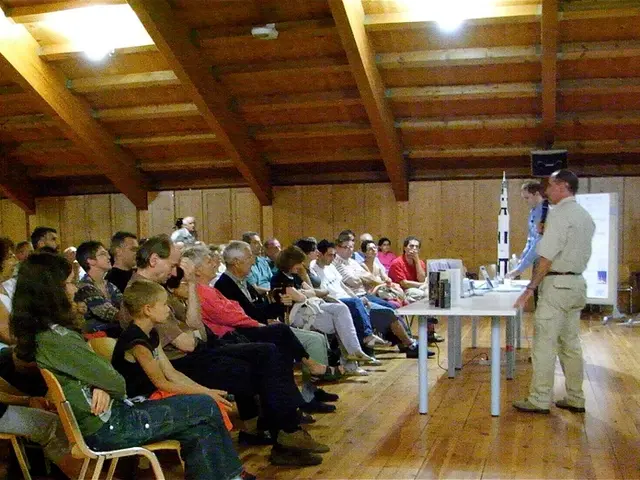Consume the widespread plant - Deadly Poison Hemlock
Poison hemlock, scientifically known as Conium maculatum, is a plant native to Europe and North Africa but has been introduced to other parts of the world, including North America, South America, and Asia. This biennial plant, which grows in moist areas with well-drained soils, can be found in meadows, pastures, wetlands, riverbanks, disturbed areas, and ditches.
Young poison hemlock can resemble wild carrot and parsley, making it important to be cautious when identifying unfamiliar plants. It has a hollow, smooth, and hairless stem with purple spots or blotches and can also have a slightly reddish tint. The stem can grow up to 10 feet tall in the second year of its life cycle.
Poison hemlock has fern-like leaves that are divided into small, lacy segments with each leaf consisting of several small, deeply lobed leaflets. At the top of the stem, it produces clusters of small, white flowers that grow in umbrella-shaped clusters called umbels.
All parts of poison hemlock, including the leaves, stems, flowers, and roots, are poisonous if consumed or handled improperly. The root of poison hemlock, a taproot that grows deep into the soil, is generally thick and fleshy, with a yellowish-white color and a foul odor that resembles mice or parsnips.
Ingesting a piece of poison hemlock the size of your thumbnail can result in death in just a few hours. Symptoms of poison hemlock poisoning include nausea, vomiting, abdominal pain, diarrhea, sweating, weakness, dizziness, rapid heartbeat, difficulty breathing, muscle tremors, seizures, coma, and potentially death.
There is no known antidote for poison hemlock poisoning, and treatment generally involves supportive care to manage symptoms and prevent complications. It's crucial to avoid accidental exposure to toxic plants like poison hemlock, deepening your appreciation and knowledge of the natural world, and ensuring wilderness survival and crop and livestock productivity.
It's important to note that some plants in the Apiaceae family, including poison hemlock and water hemlock, are highly toxic and can be dangerous if consumed or handled improperly. However, the family Apiaceae also includes many plants used for food, medicine, and ornamental purposes, such as carrots, parsley, dill, fennel, and coriander.
Cow parsnip, which resembles poison hemlock, is a tall perennial herb found in moist, open areas such as meadows, streambanks, and wetlands, throughout much of North America. While it's not poisonous, cow parsnip contains phototoxic compounds that can cause skin irritation and blisters when exposed to sunlight, so it should be handled with care.
There are no search results specifying who cultivates poisonous hemlock (Conium maculatum) in the best places in the United States. Its use as a natural pesticide, ornamental plant, or in traditional medicine is highly discouraged due to its extreme toxicity.
In conclusion, it's essential to be aware of poison hemlock and other toxic plants to ensure safety in the wilderness, gardens, and farms. Always exercise caution when identifying unfamiliar plants, and if you suspect poison hemlock exposure, seek immediate medical attention.
Read also:
- Peptide YY (PYY): Exploring its Role in Appetite Suppression, Intestinal Health, and Cognitive Links
- Toddler Health: Rotavirus Signs, Origins, and Potential Complications
- Digestive issues and heart discomfort: Root causes and associated health conditions
- House Infernos: Deadly Hazards Surpassing the Flames








